Matt Bergman of Learn-Lead-Grow
Get Started for FREE
Sign up with Facebook Sign up with X
I don't have a Facebook or a X account
 Your new post is loading... Your new post is loading...
 Your new post is loading... Your new post is loading...

Kathleen McClaskey's curator insight,
June 28, 2013 9:16 PM
The UDL 2.0 Guidelines can assist anyone who plans lessons/units of study or develops curricula (goals, methods, materials, and assessments) to reduce barriers, as well as optimize levels of challenge and support, to meet the needs of all learners from the start. They can also help educators identify the barriers found in existing curricula. You can use the UDL Guidelines to help you determine your learners strengths, interests, and challenges and how they:
> prefer or need to access and process information. > prefer to express what they know. > like to engage with the content.
When learners know how they prefer or need to access information, engage with the content, and express what they know and understand, then they take responsibility for their learning.
Access, Engage, Express is a trademark of Personalize Learning, LLC

Barbara Bray's curator insight,
June 28, 2013 11:47 PM
UDL Principles guide learners to understand how they learn best. They determine how they prefer or need to access information, engage with content, and express what they know.

Laura Lubin, MS. Ed. HRD's curator insight,
June 22, 2013 8:58 AM
Amazing view into the science and how to personalize learning with universality in mind.

Joe Marlin 's curator insight,
June 17, 2013 4:28 PM
A review of the program UDL Studio -" which enables anyone to create media-rich resources, to actively engage and motivate students, and to respond flexibly to the needs of each learner; thereby ensuring quality and equality in access to learning for all."

Kathleen McClaskey's curator insight,
April 27, 2013 2:51 PM
Mr. Borman surveyed 17 students in one of his classes and discovered that there were a few needs when it came to reading comprehension. He has put together "A Toolbox of Reading Comprehension Apps" that can support the needs of his students in his UDL classroom. For each app, he has outlined "What it does", "How students can use it" and the "UDL Principles".
Check out the Toolbox: > iBooks > Popplet > SyncSpace > Odyssey (by Homer) > Toontastic > Explain Everything > Ulysses > Subtext > Prezi
Thank you Mr. Borman! 
Jane Strunck's curator insight,
April 29, 2013 11:11 AM
Mr. Borman used Edmodo to survey his student's learning preferences and based on the results, identified apps that would support reading comprehension and promote UDL in his classroom. Would love to know how students responded to the options. Nice process, Mr. Borman! 
Patrice Bucci's curator insight,
May 6, 2013 9:46 PM
Useful suggestions for utilizing apps in the UDL classroom...

Lisa Desruisseaux's curator insight,
March 29, 2013 11:01 AM
This infographic speaks to the importance of making those connections with and for our students. In other words, students need to know how they learn! When we personalize with students and teach them about their brain and how to learn, we are equipping them with tools for life-long success. 
Tom Perran's curator insight,
March 30, 2013 3:45 PM
This infographic provides the rationale for creating instructional activities centered on the needs of the learner. 
Antonia Rudenstine's curator insight,
April 3, 2013 8:09 AM
This infographic goes along with a paper on the mind and learning...it's a great visual summary. The paper is linked at the bottom of the graphic.

Jane Strunck's curator insight,
March 12, 2013 4:59 PM
Roadmaps for scaling up UDL implementation district-wide. |

Jonathan Jarc's curator insight,
June 11, 2013 6:24 PM
Accessibility to text is yet another reason to engage struggling readers with the iPad. Subtext (in the App Store) does much of what's mentioned here and more. 
Anthony M Gesamondo III's curator insight,
June 21, 2014 12:23 AM
A nice video on UDL classroom teaching using an iPad and only the software that it comes with.
Kathleen Quinn's curator insight,
September 13, 2013 1:27 PM
You have to click through a few pages before you get to the pdf file of the article.

Kathleen McClaskey's curator insight,
April 7, 2013 2:47 PM
Don't miss this video on how to apply UDL principles in a CCSS Math lesson at the pre-kindergarten level! 
Communica8GH's curator insight,
April 7, 2013 3:11 PM
Meaningful language experiences, great specific reinforcement, and learning for everyone. |






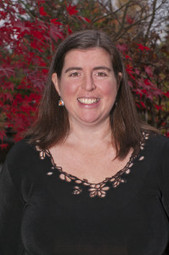

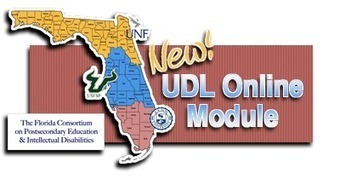

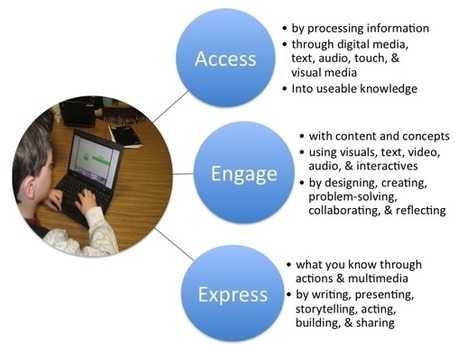
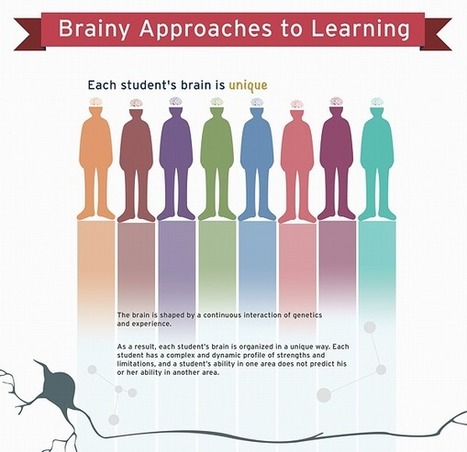


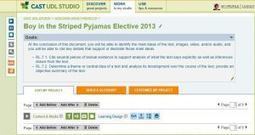
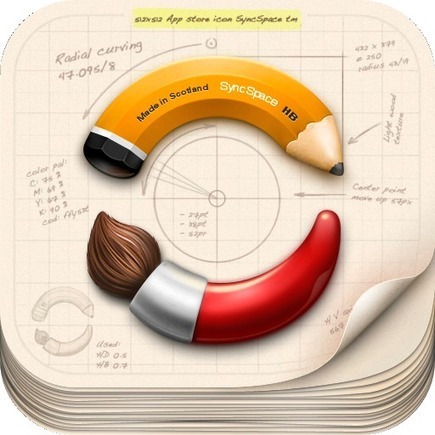


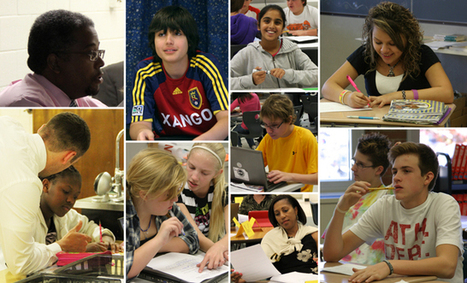
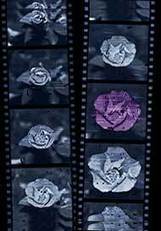






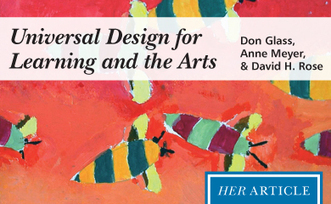
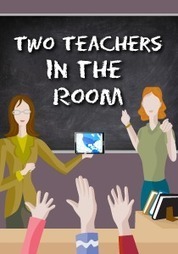




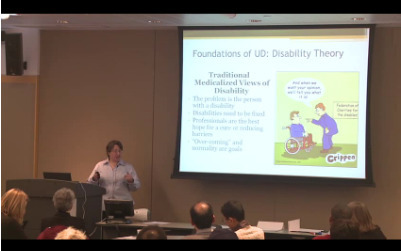






Matt Bergman describes how he helps his learner built their UDL Toolbox for Presentations. He introduces the tools this fall and then has them use each of them to try out so they can discover what works best for them. These tools include:
> Prezi
> Google Presentations
> VoiceThread
> Domo.GoAnimate
> Wideo
Matt has also embedded an audioboo file on this post for those learners who learn best by listening.